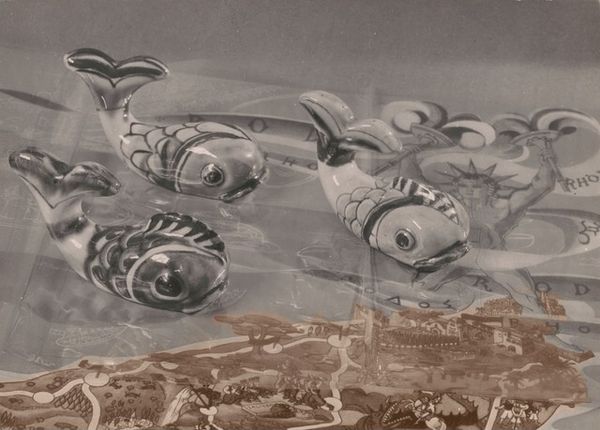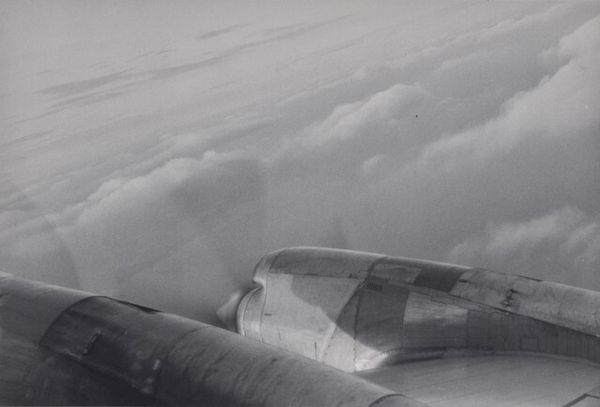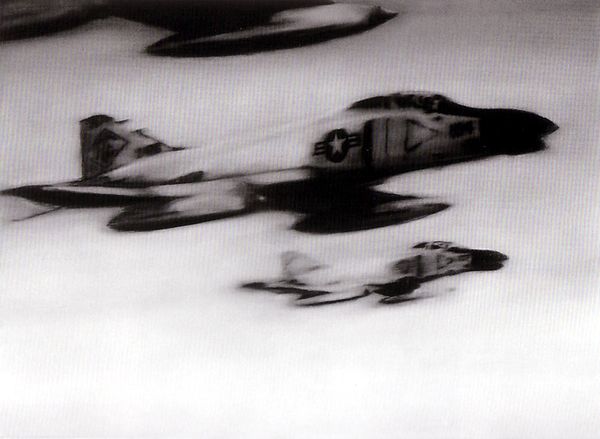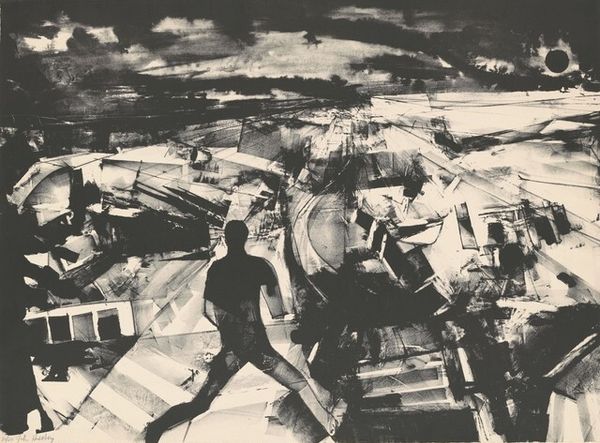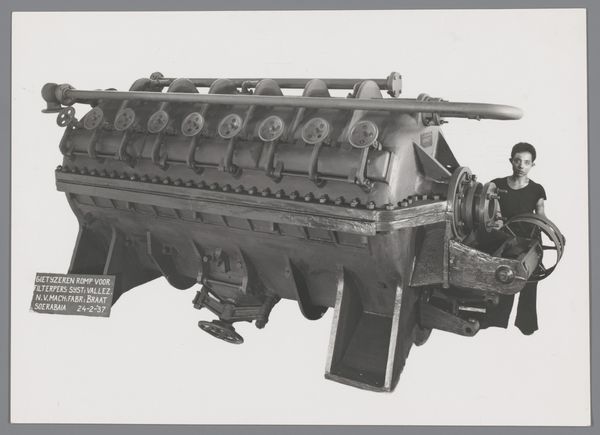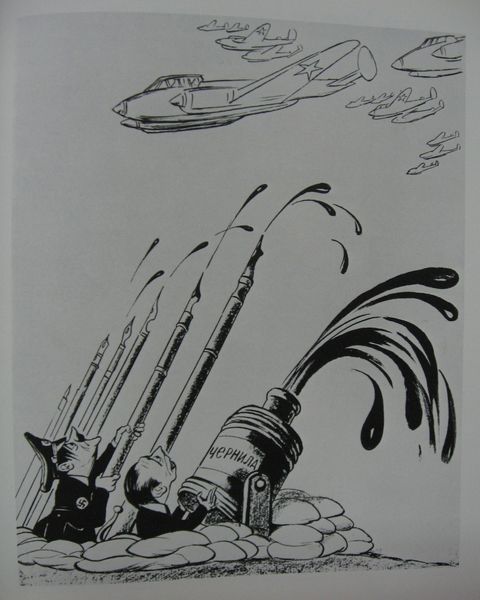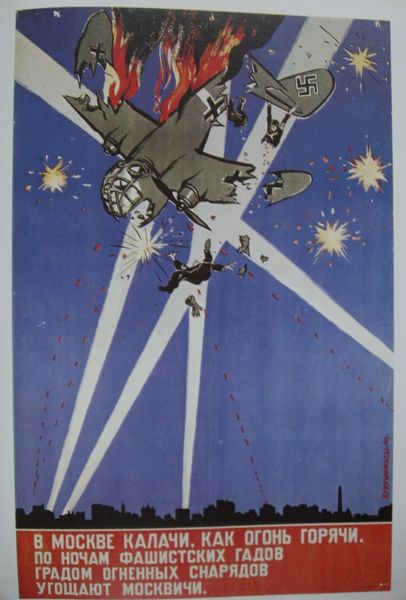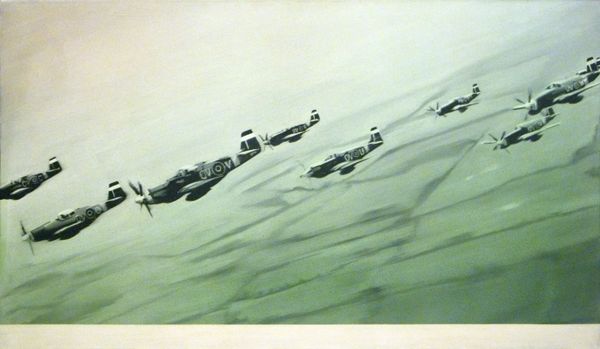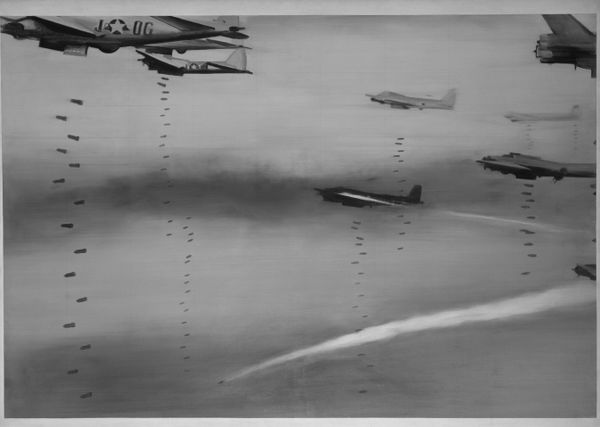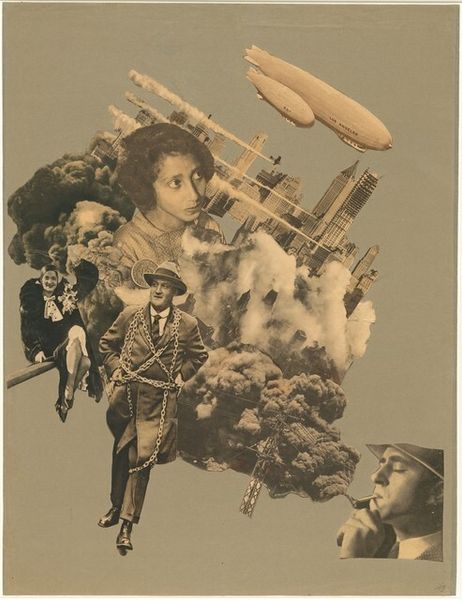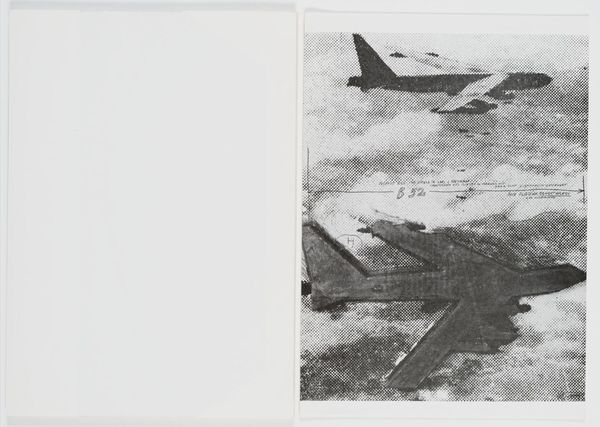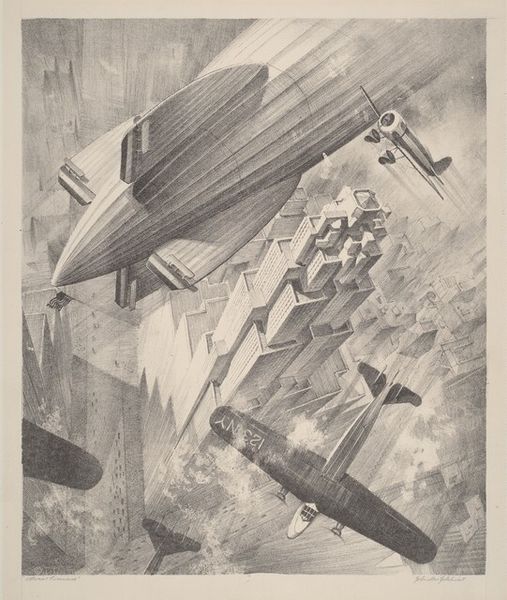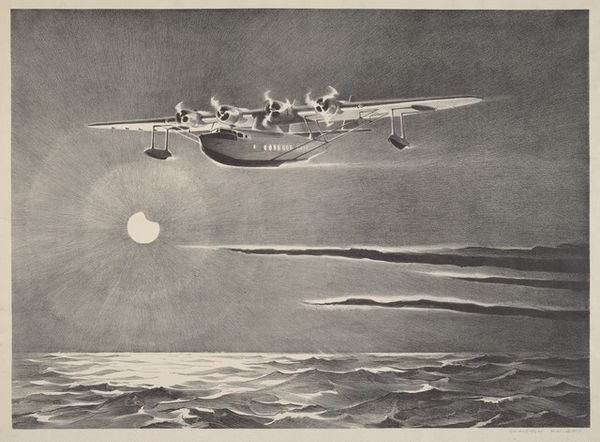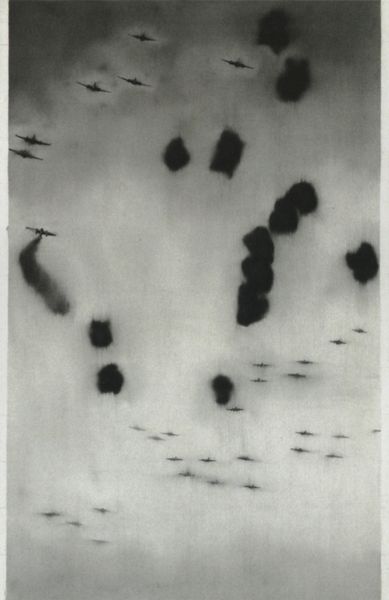
Dimensions: image: 557 x 889 mm
Copyright: © Siobhán Hapaska | CC-BY-NC-ND 4.0 DEED, Photo: Tate
Editor: This is an Untitled work by Siobhán Hapaska, its date is unknown, and it’s held at the Tate. The image is a bit unsettling, a pile of decommissioned U.S. Air Force planes juxtaposed with what appears to be a swimmer. What's your take on it? Curator: This piece speaks to the cyclical nature of power and obsolescence, doesn't it? The planes, symbols of military might and technological advancement, are now discarded. Juxtapose that with the swimmer, who represents perhaps, vulnerability, an element of risk, and the fragility of human existence. Editor: I see what you mean. The planes are monumental, but also inert. What is the artist saying about the relationship between these symbols? Curator: Hapaska is prompting us to question the long-term impact of such displays of power, and the cost of technological progress. Do the planes’ presence enhance or diminish the figure of the swimmer? The artist invites us to interpret and question. Editor: That makes me think about the environmental impact of war. It's more than just about the cost of military might. Thanks for that! Curator: Indeed, and it is a reminder to consider the various dimensions of any artwork.
Comments
Join the conversation
Join millions of artists and users on Artera today and experience the ultimate creative platform.
tate 7 months ago
⋮
Untitled 1997 is a landscape-orientated colour screenprint on white wove paper that depicts the Greek-American opera singer Maria Callas (1923–1977) hovering above a stacked pile of United States military airplanes. Pictured within a digitally altered black and white photograph, the aircraft all face to the left of the image and are assembled on a beach in a precarious heap that extends from the bottom-left corner of the work to the top-right. Located above the planes in the upper left portion of the print is a cut-out figure-length photograph of Callas which is tilted so that she appears in an almost horizontal position. The image of the singer is approximately the same size as the largest of the aircraft below her and she is pictured wearing a long dark cloak with her head turned to face the viewer. Covering and surrounding Callas’s body is a curving and transparent blue shape that gives the impression of a force-field. The work is signed by the artist on its reverse.
